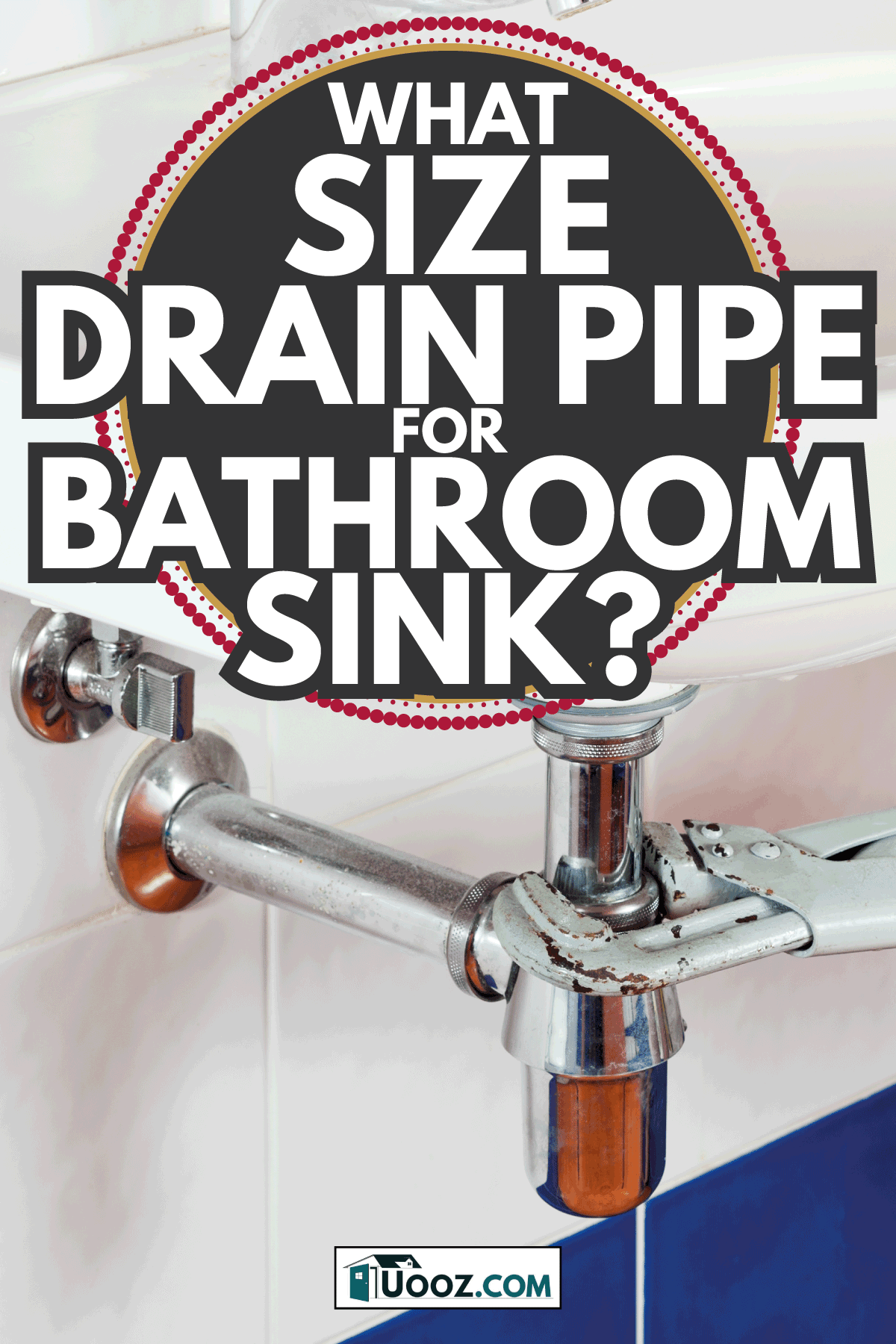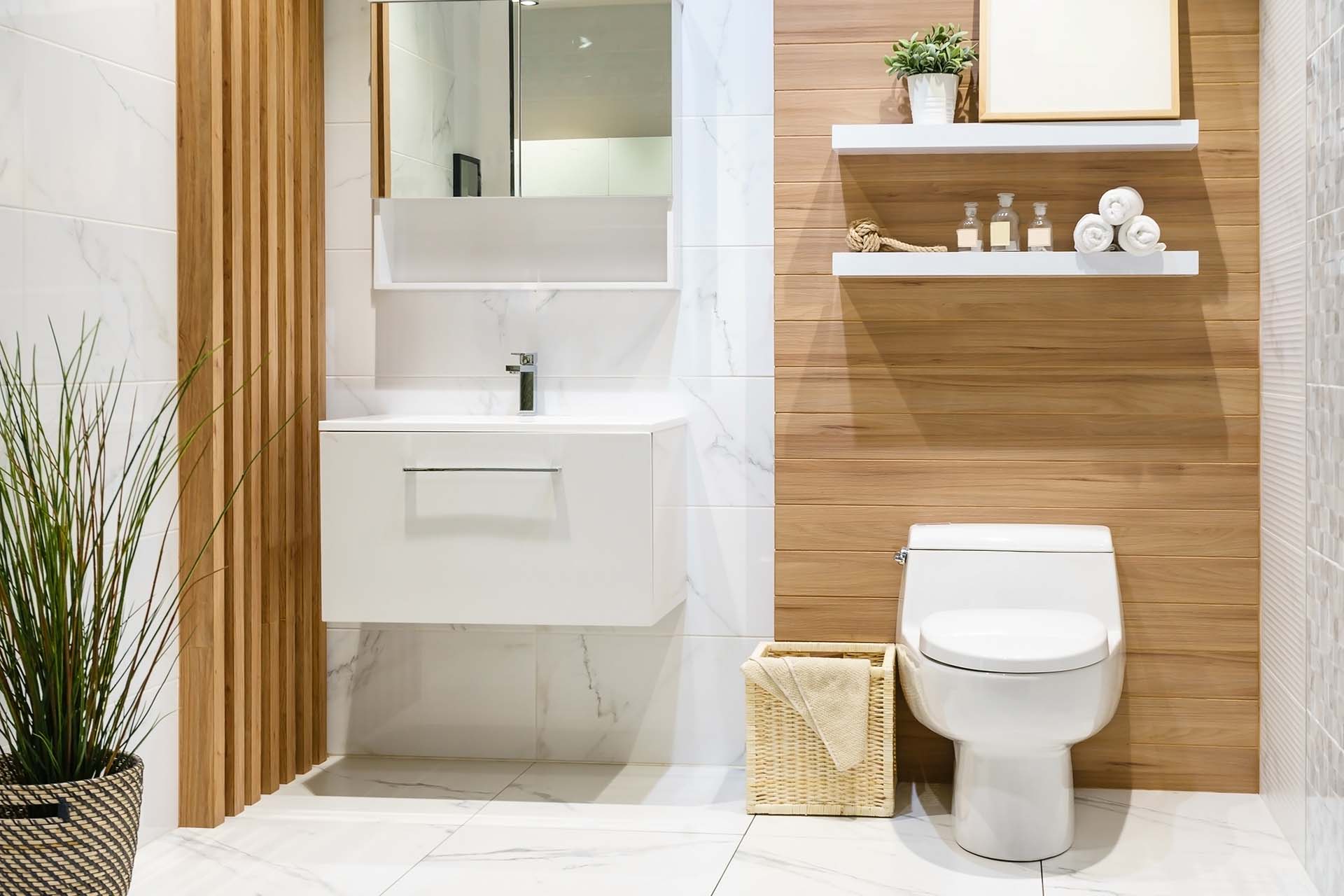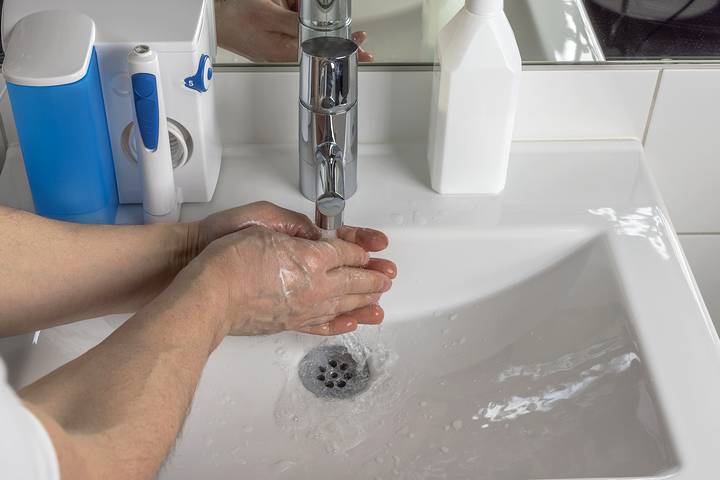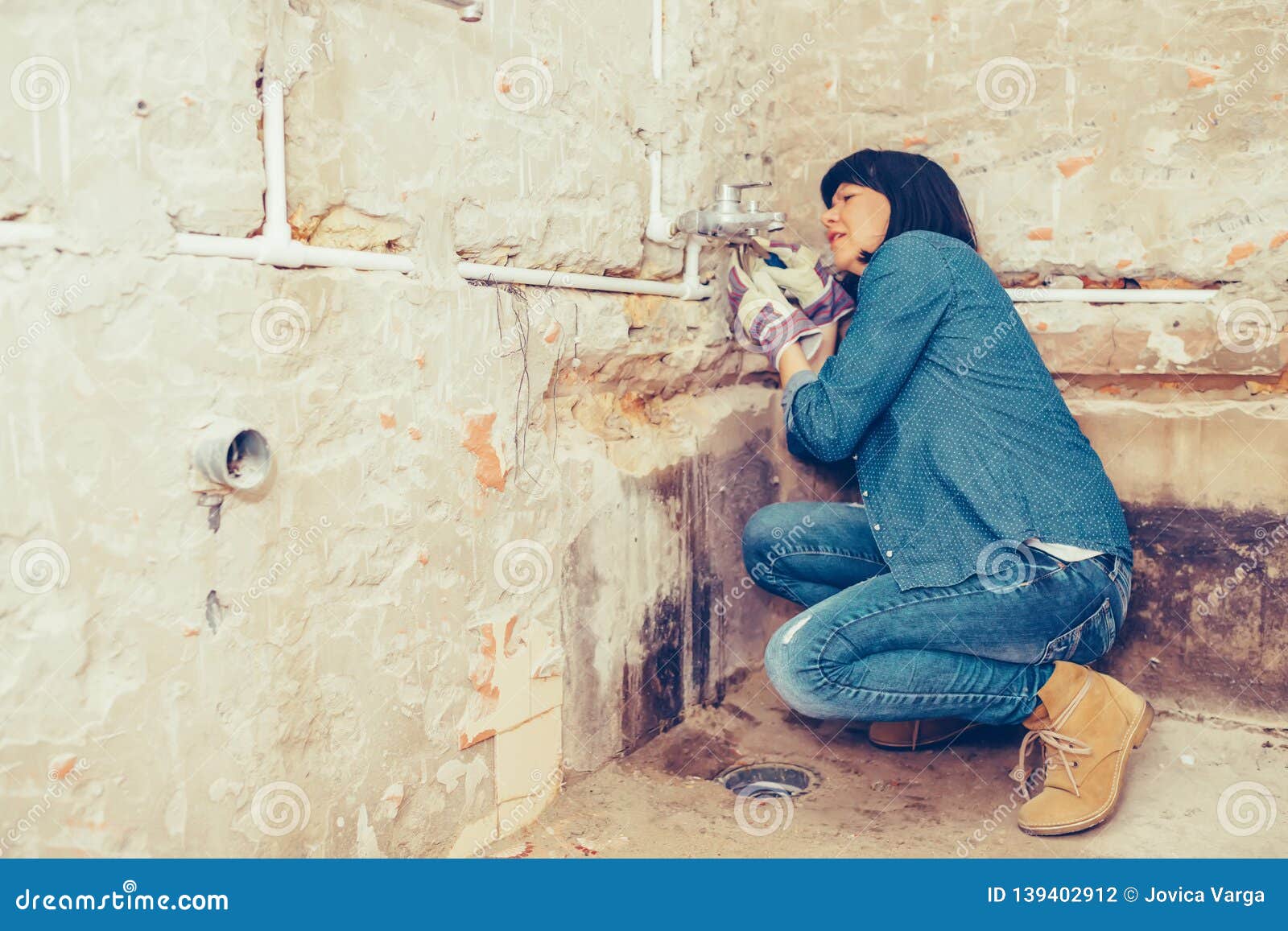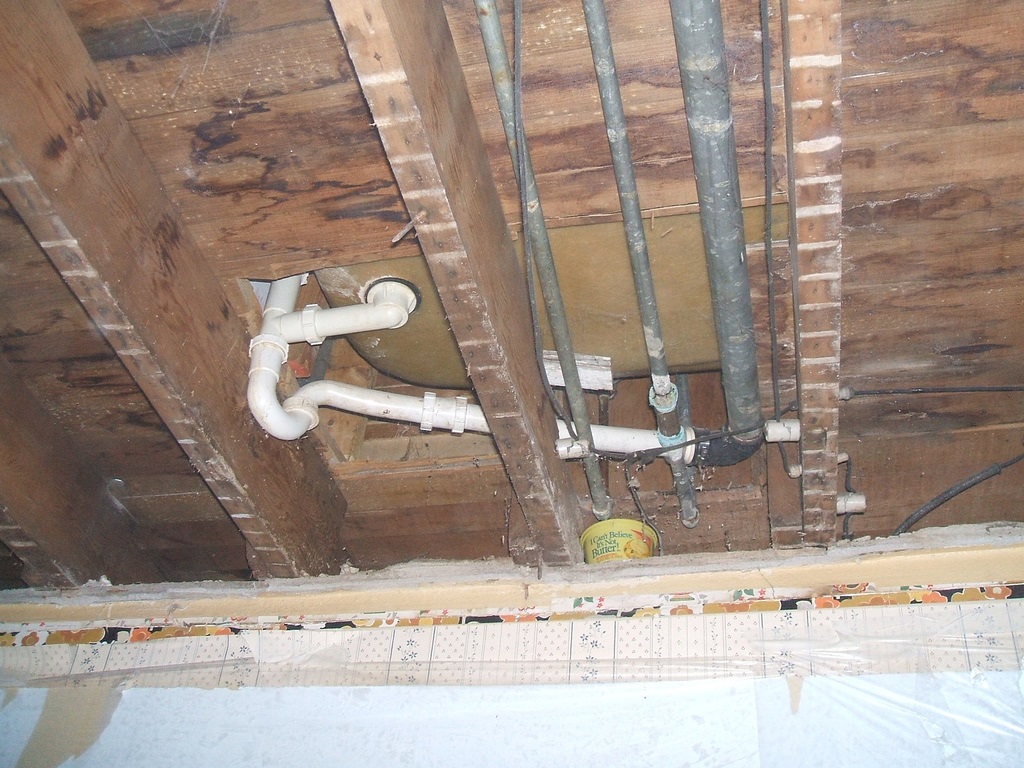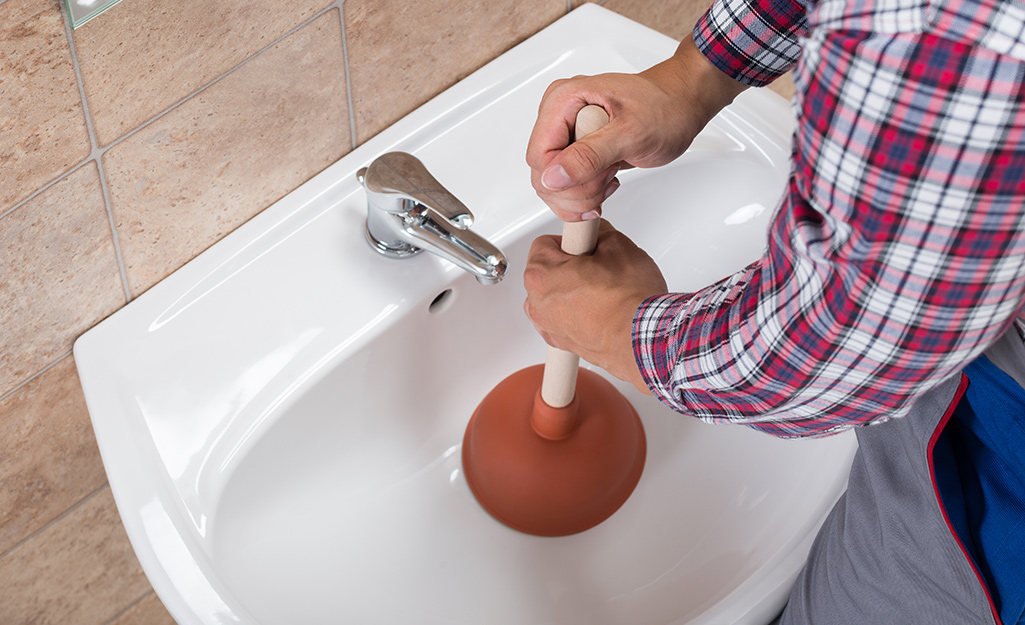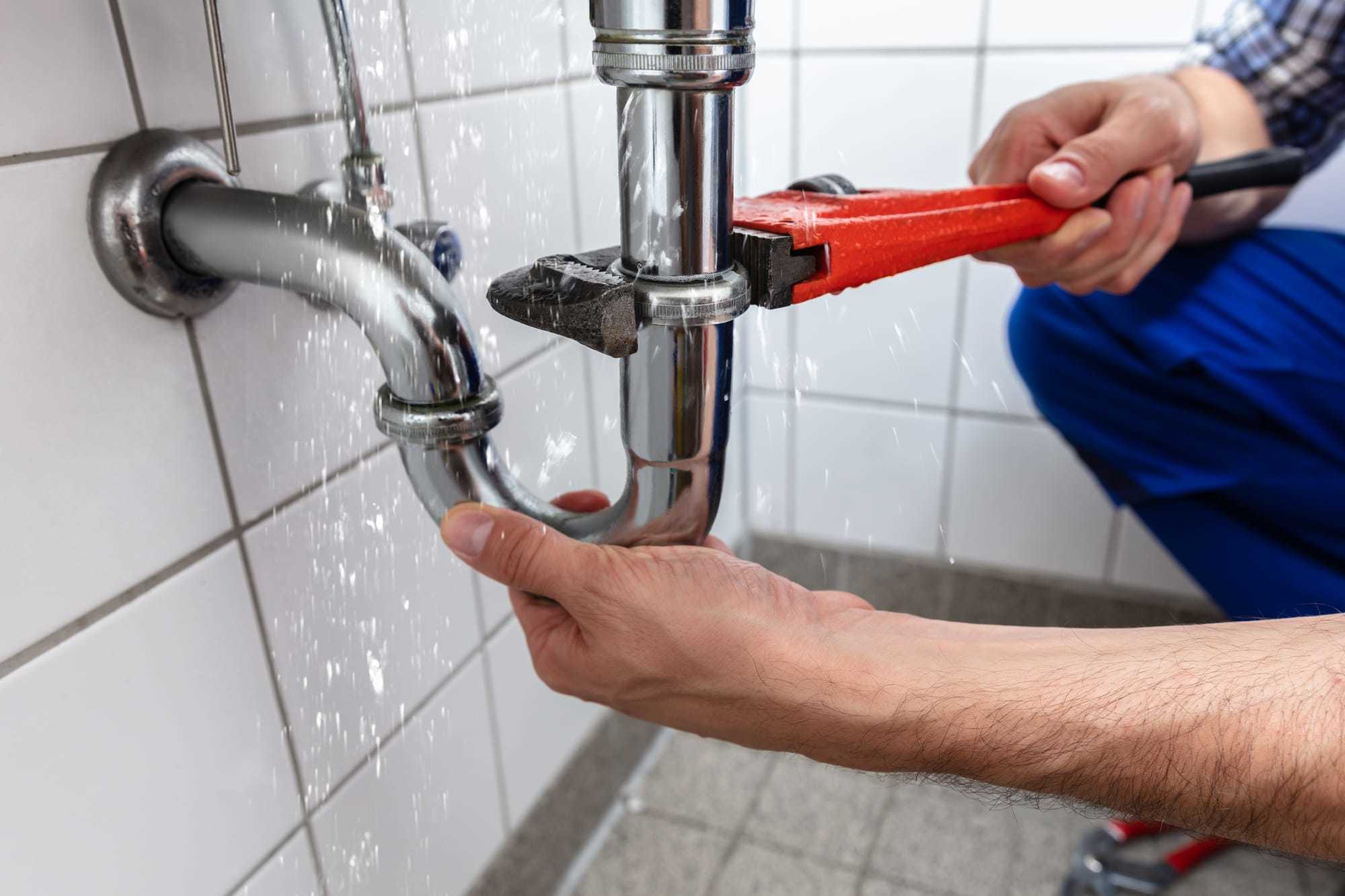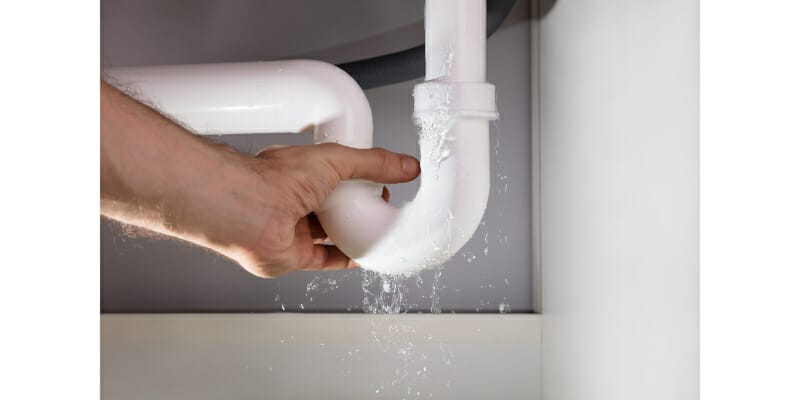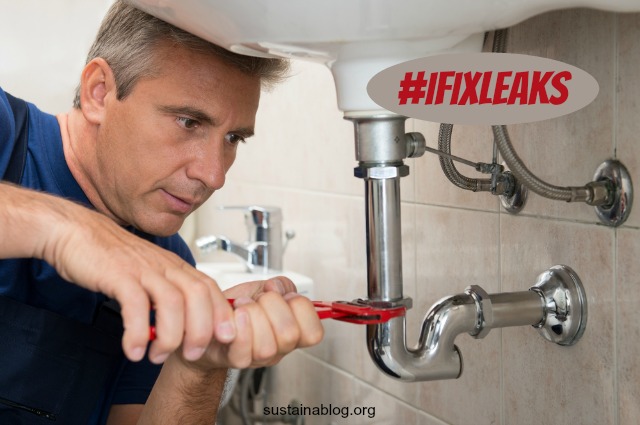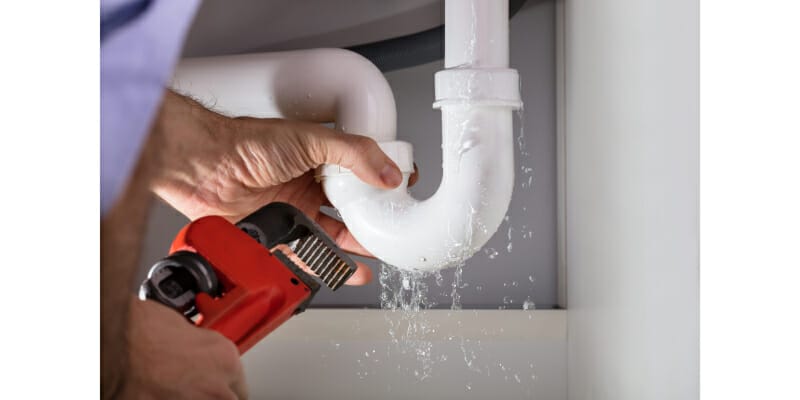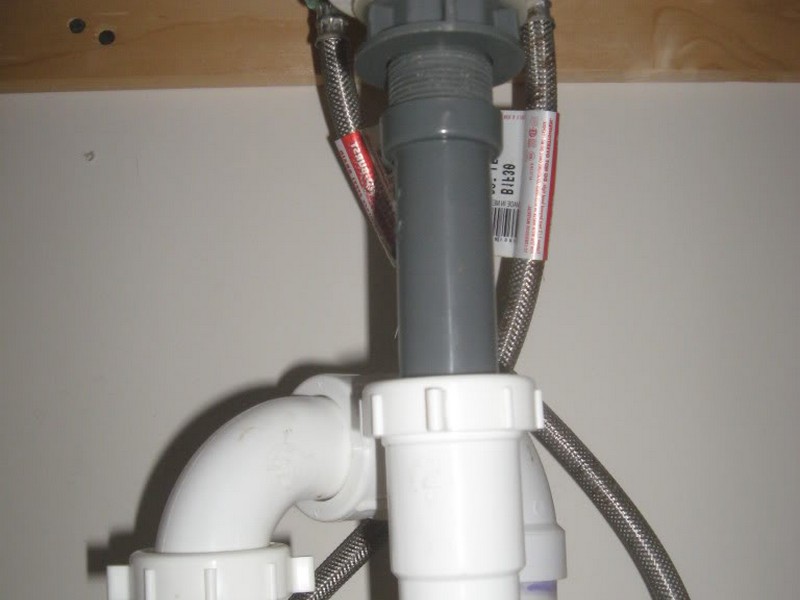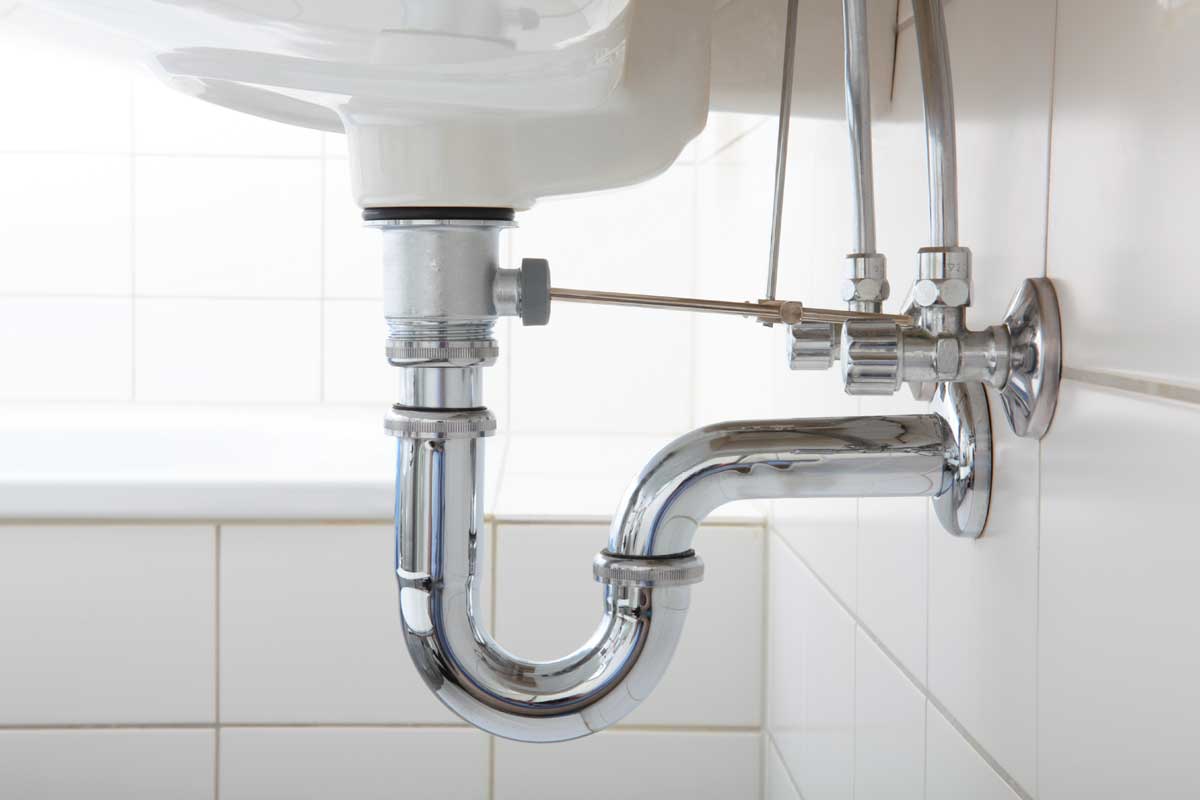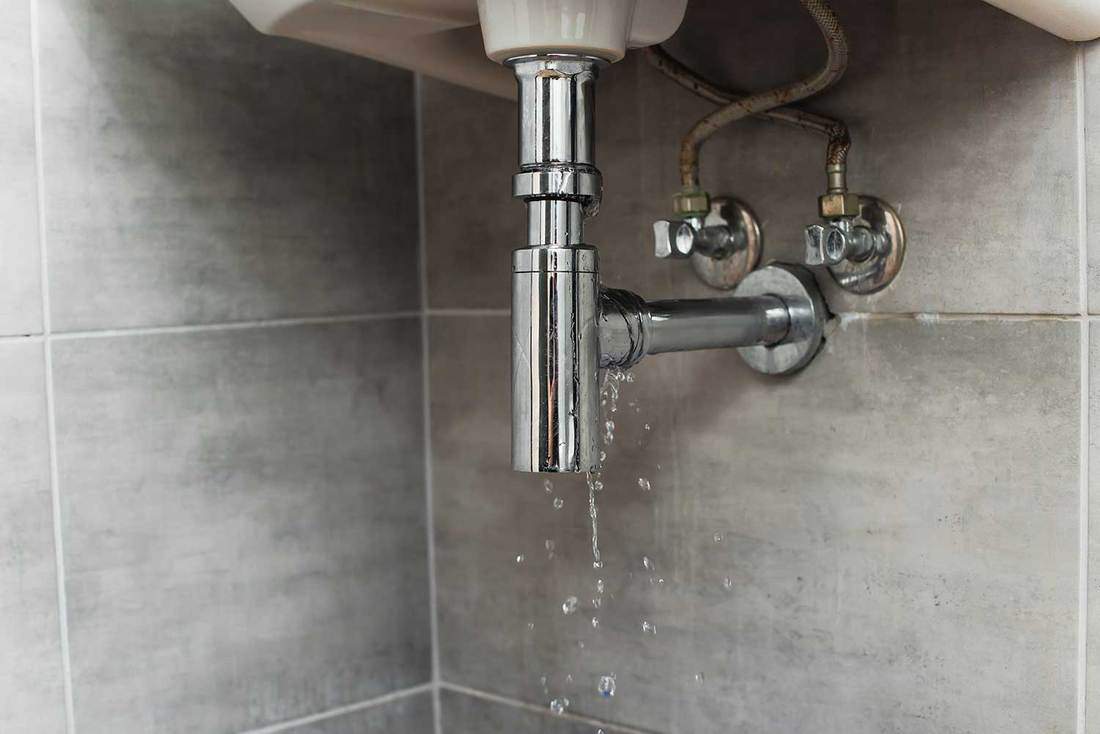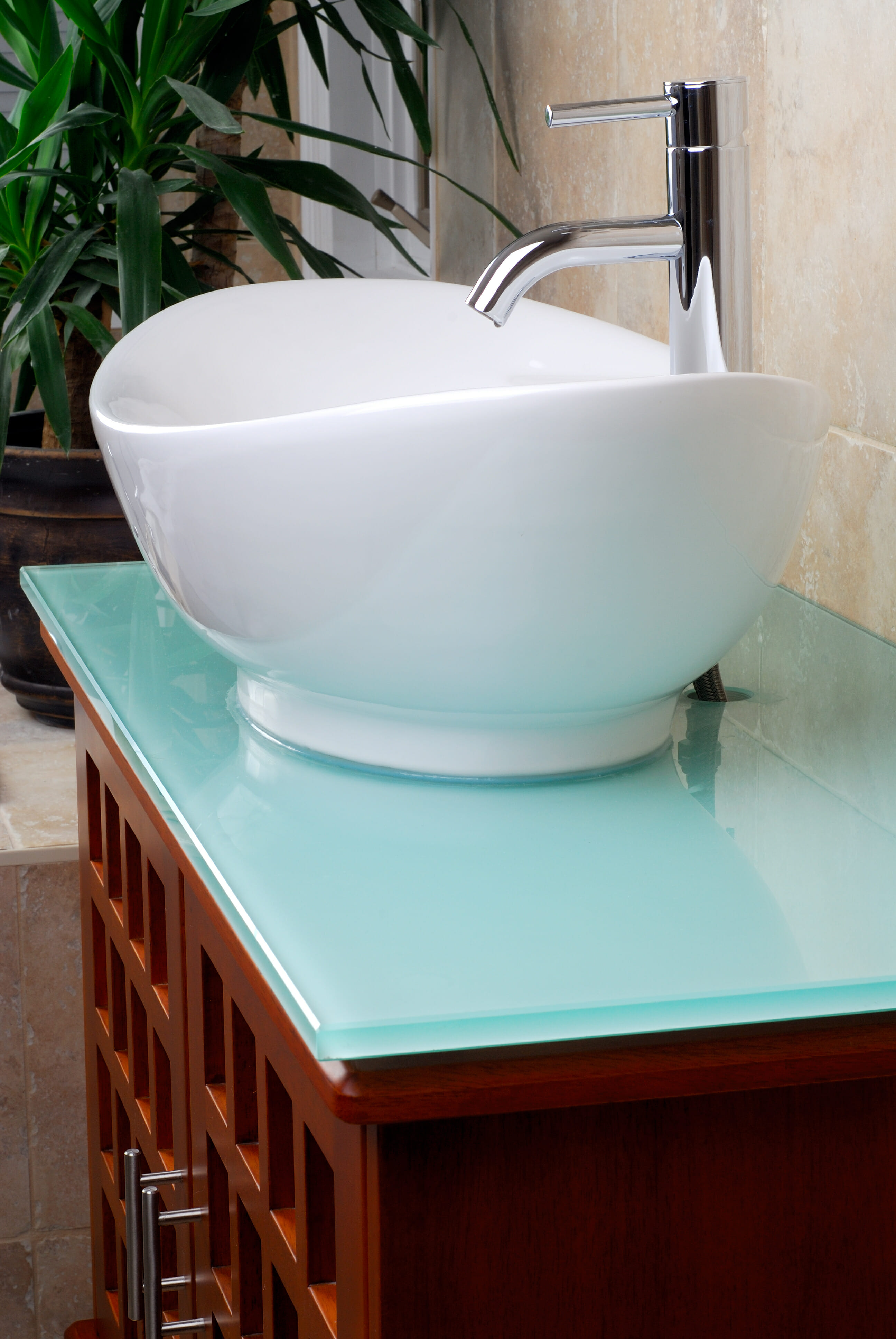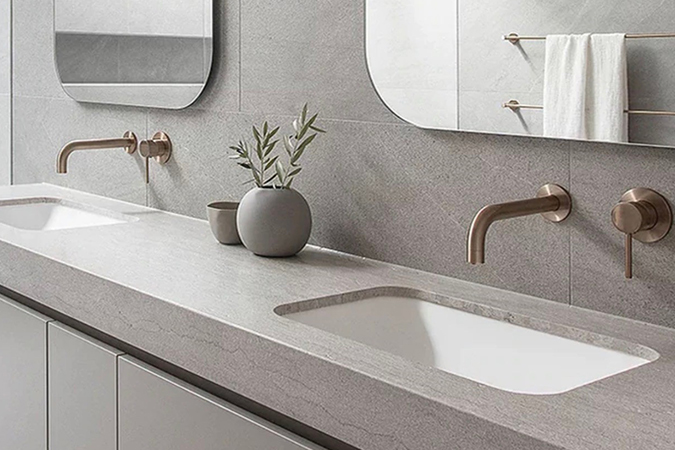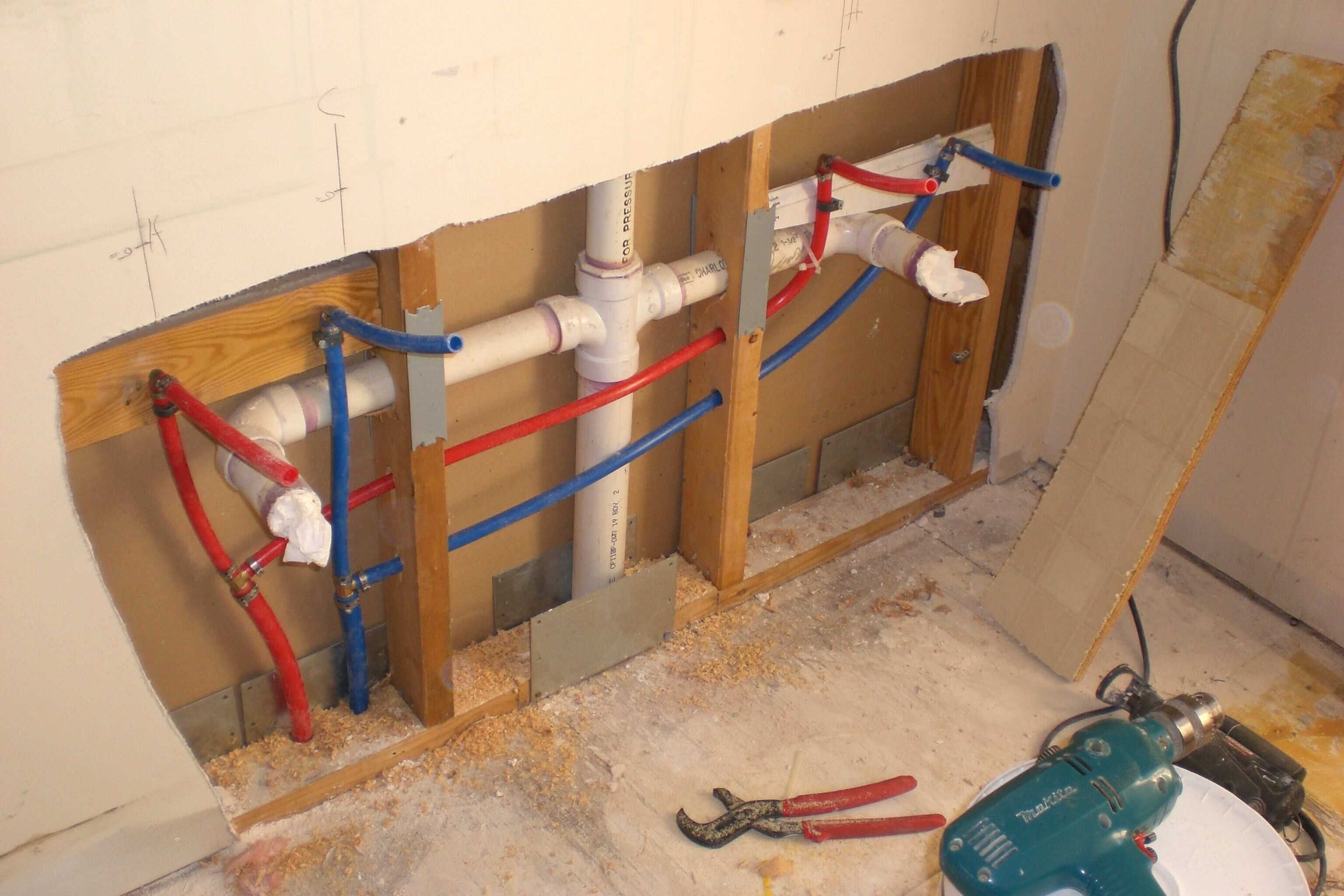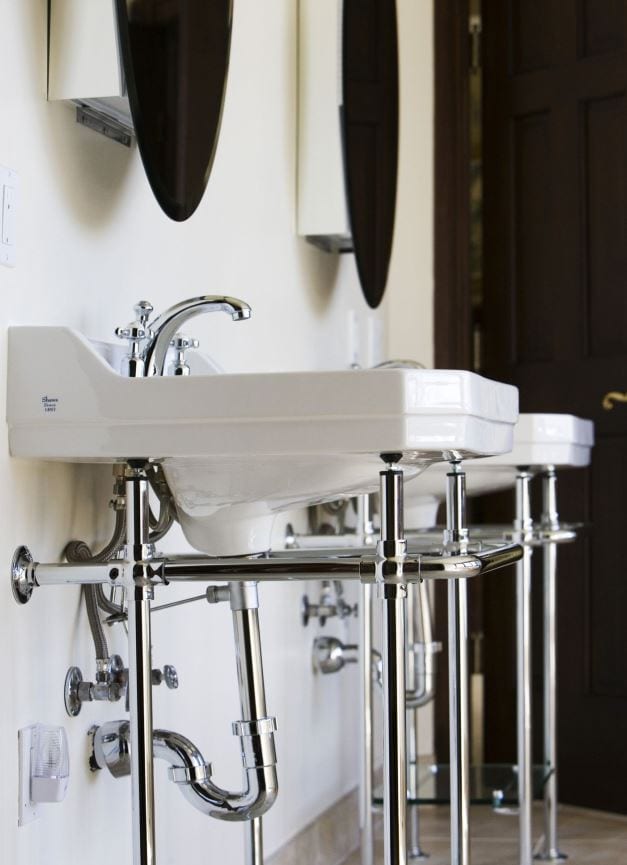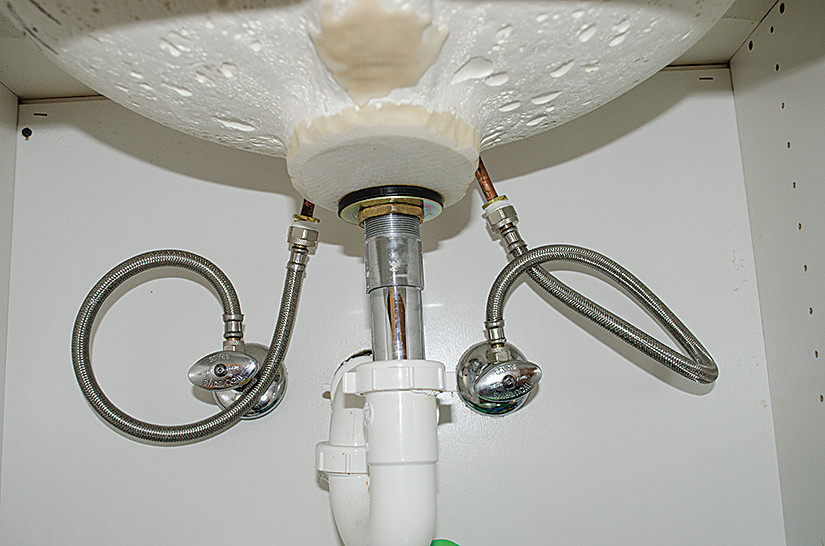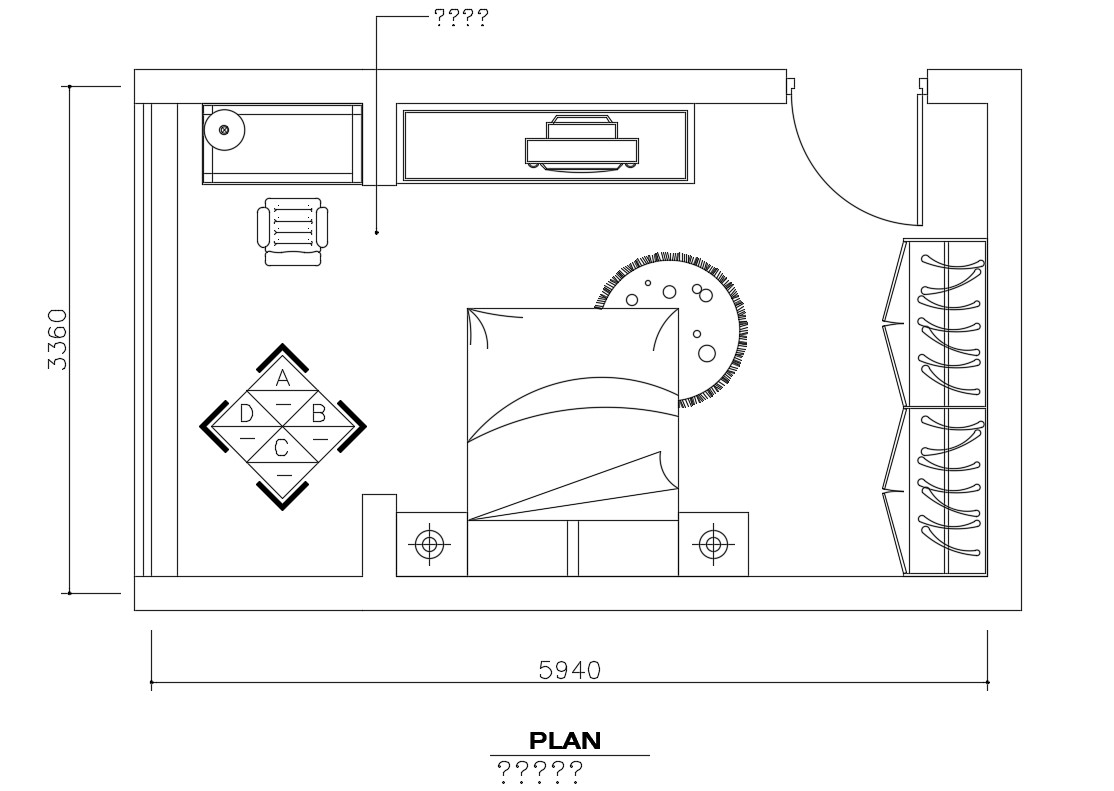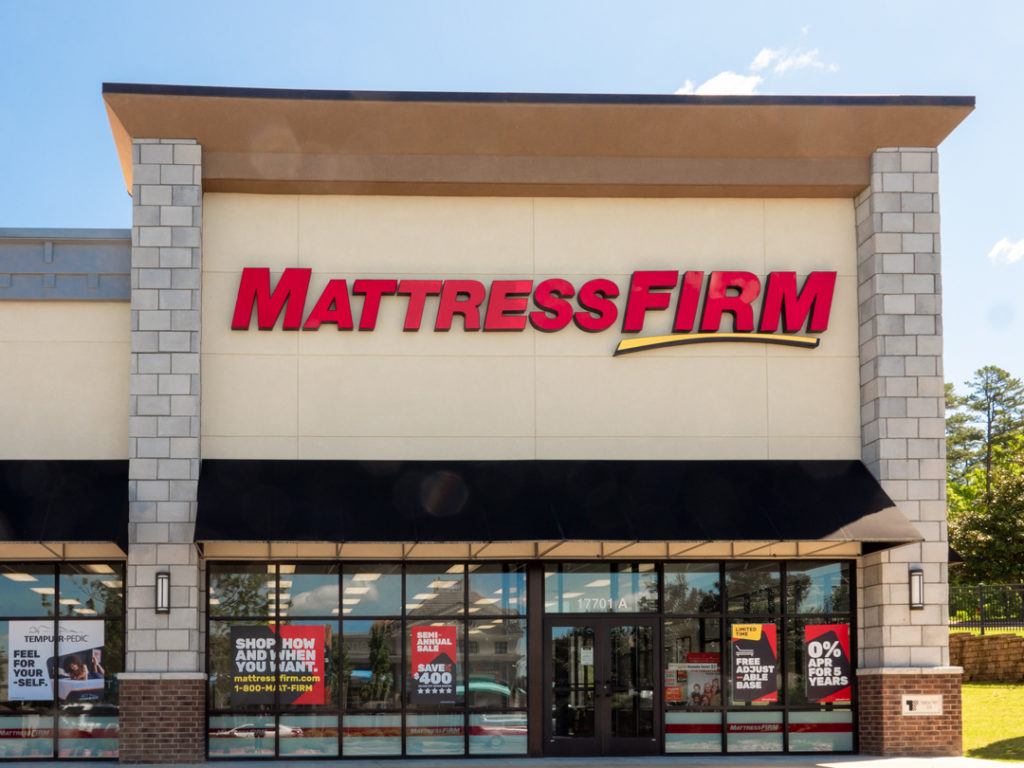If you're experiencing a leak or other issues with your bathroom sink, it may be time to change the pipe. While it may seem like a daunting task, with the right tools and knowledge, you can easily replace the pipe yourself. In this guide, we'll take you through the step-by-step process of changing a bathroom sink pipe. DIY Bathroom Sink Pipe Replacement The first step in replacing a bathroom sink pipe is to assess the problem. Is the pipe leaking? Is it clogged? Are there any cracks or damages? Once you've identified the issue, you can begin the replacement process.How to Change a Bathroom Sink Pipe
Bathroom sink pipes can face a variety of issues, from leaks to clogs to corrosion. It's important to troubleshoot the problem before attempting to replace the pipe. For leaks, check the connections and tighten any loose fittings. Clogs can often be cleared with a plunger or drain snake. If there are any signs of corrosion, it's best to replace the pipe altogether. Troubleshooting Bathroom Sink Pipe Issues If you're unsure of how to fix the problem or don't have the necessary tools, it's best to call a professional plumber for assistance. They can properly diagnose the issue and ensure it is fixed correctly.Common Problems with Bathroom Sink Pipes
Before starting the replacement process, make sure you have all the necessary tools. This includes a pipe wrench, pliers, screwdriver, hacksaw, and plumber's putty. It's also important to have a bucket or towels on hand to catch any water that may leak during the process. Essential Equipment for Replacing Bathroom Sink Pipe Having the right tools and equipment is crucial for a successful bathroom sink pipe replacement. Without them, you may run into more issues or not be able to properly install the new pipe. Make sure to have everything on hand before starting the replacement process.Tools Needed for Changing Bathroom Sink Pipe
There are several types of bathroom sink pipes to choose from, each with its own advantages and disadvantages. The most common materials used for sink pipes are PVC, copper, and PEX. PVC is budget-friendly and easy to install, while copper is more durable and resistant to corrosion. PEX is a newer material that is flexible and easy to work with. Choosing the Right Pipe for Your Bathroom Sink Consider the cost, durability, and ease of installation when deciding on the type of bathroom sink pipe to use. Consulting with a professional plumber can also help you make the best decision for your specific needs.Types of Bathroom Sink Pipes
Before installing the new pipe, you'll need to remove the old one. Start by turning off the water supply and disconnecting the water lines from the sink and wall. Then, use a pipe wrench to loosen and remove the connections between the sink and the drain pipe. Once the connections are loosened, you can remove the old sink pipe. Dismantling and Disposing of Old Bathroom Sink Pipe Properly disposing of the old sink pipe is important for both environmental and safety reasons. If the pipe is made of PVC, it can be recycled. If it's made of copper or other materials, check with your local waste management facility for proper disposal guidelines.How to Remove Old Bathroom Sink Pipe
The flange is the part of the pipe that connects to the sink and ensures a tight seal. If the flange is loose or damaged, it can cause leaks and other issues. To replace the flange, remove the old one and clean the area thoroughly. Then, apply plumber's putty to the new flange and insert it into the sink drain. Secure it in place with bolts and let it dry before continuing with the installation process. Fixing Loose or Damaged Flange on Bathroom Sink Pipe Ensuring the flange is properly secured is crucial for preventing leaks in the future. Take the time to properly install the new flange to avoid any issues down the line.Replacing Bathroom Sink Pipe Flange
Now it's time to connect the new sink pipe to the drain. Apply plumber's putty to the connection and insert the pipe into the drain. Use a pipe wrench to tighten the connection and ensure it is secure. If using PVC pipes, you may need to use PVC primer and cement to properly seal the connection. Attaching Drain Pipe to Bathroom Sink Next, connect the other end of the sink pipe to the sink. Apply plumber's putty to the connection and insert it into the sink drain. Use a pipe wrench to tighten the connection and ensure it is secure. Let it dry before using the sink again.Connecting New Bathroom Sink Pipe to Drain
With all the connections in place, you can now install the new sink pipe. Start by connecting the water lines to the sink and wall. Then, use a pipe wrench to tighten the connections. Turn on the water supply and check for any leaks. If there are no issues, the new sink pipe is successfully installed. Step-by-Step Guide for Bathroom Sink Pipe Installation Following each step carefully and ensuring all connections are properly secured is key to successfully installing a new bathroom sink pipe. Take your time and double-check everything to avoid any issues.Installing New Bathroom Sink Pipe
To prevent leaks and ensure the connections are properly sealed, it's important to use a sealant on the joints of the sink pipe. Plumber's putty is the most common sealant used, but you can also use silicone caulk or plumber's tape for a more secure seal. Preventing Leaks in Bathroom Sink Pipe Connections Regularly checking and reapplying sealant to the sink pipe joints can help prevent leaks and other issues in the future. It's important to properly seal all connections to ensure the longevity of your bathroom sink pipe.Sealing Bathroom Sink Pipe Joints
To keep your bathroom sink pipes in good condition, it's important to practice regular maintenance. This includes keeping the pipes clean, avoiding harsh chemicals, and being mindful of what is being flushed down the sink. Regularly checking for leaks and addressing any issues promptly can also prevent larger problems from occurring. Tips for Keeping Bathroom Sink Pipes in Good Condition Proper maintenance and care for your bathroom sink pipes can save you from costly repairs in the future. Follow these tips to keep your pipes in good condition and ensure your sink continues to function properly. With the help of this guide, you can confidently change your bathroom sink pipe and keep your sink in top working condition. Remember to have all the necessary tools and materials, and to take your time with each step to ensure a successful replacement process. Enjoy your newly replaced bathroom sink pipe and the peace of mind that comes with a properly functioning plumbing system.Maintaining Bathroom Sink Pipes
Why You Should Consider Changing Your Bathroom Sink Pipe

Protect Your Home from Water Damage
 Bathroom sink pipes are an essential part of your plumbing system. They are responsible for carrying water in and out of your sink, and over time, they can become prone to leaks and damage. This can lead to water damage in your home, which can be costly and time-consuming to fix. By regularly changing your bathroom sink pipe, you can prevent water from leaking and damaging your home.
Bathroom sink pipes are an essential part of your plumbing system. They are responsible for carrying water in and out of your sink, and over time, they can become prone to leaks and damage. This can lead to water damage in your home, which can be costly and time-consuming to fix. By regularly changing your bathroom sink pipe, you can prevent water from leaking and damaging your home.
Improve the Functionality of Your Sink
 Old, rusty, or damaged sink pipes can affect the functionality of your sink. They can cause clogs, slow draining, and even foul odors. This can be frustrating and inconvenient, especially if you have a busy household. By changing your bathroom sink pipe, you can improve the flow of water and ensure your sink is working efficiently.
Old, rusty, or damaged sink pipes can affect the functionality of your sink. They can cause clogs, slow draining, and even foul odors. This can be frustrating and inconvenient, especially if you have a busy household. By changing your bathroom sink pipe, you can improve the flow of water and ensure your sink is working efficiently.
Upgrade to More Durable and Efficient Materials
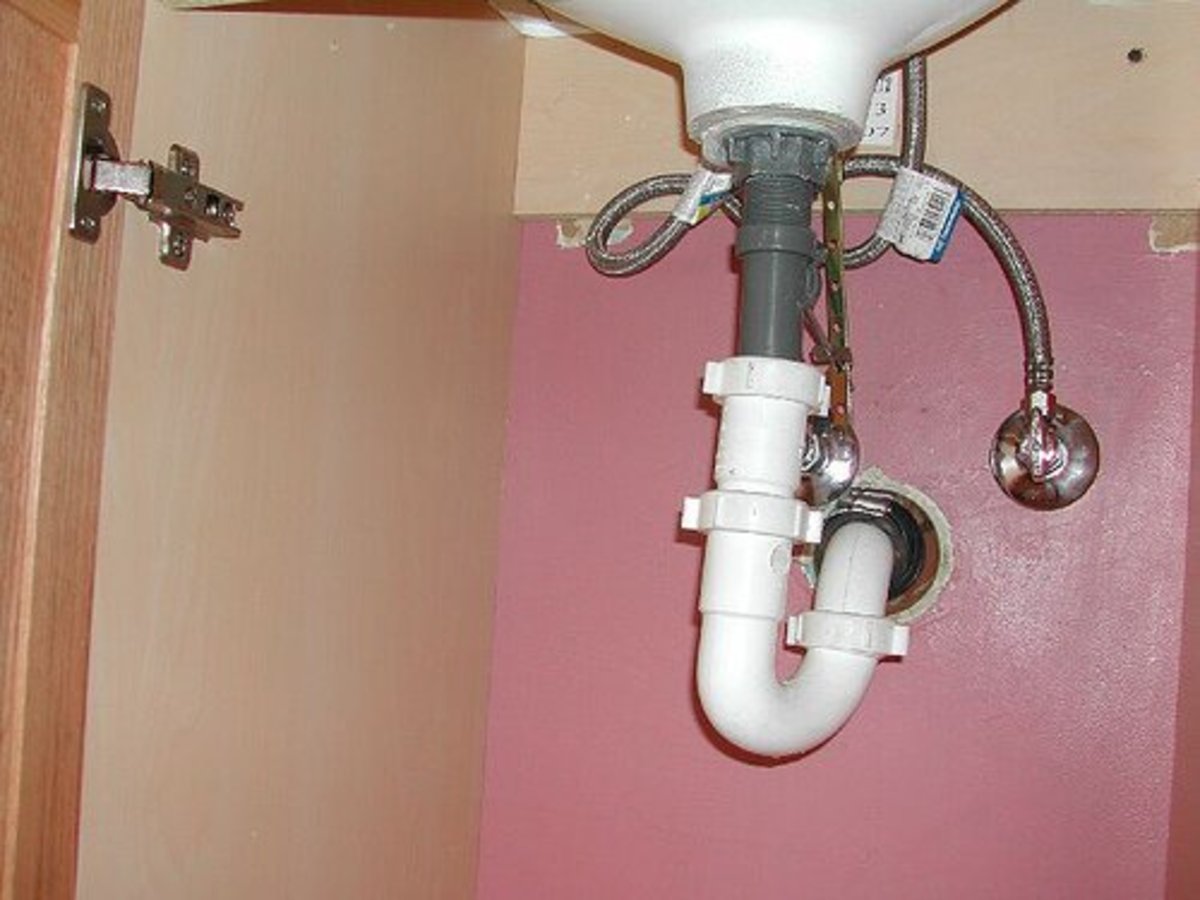 When it comes to bathroom sink pipes, there are various materials available, including copper, PVC, and stainless steel. If you have an older home, your pipes may be made of outdated materials that are more prone to damage and leaks. By changing your bathroom sink pipe, you can upgrade to more durable and efficient materials, ensuring your pipes last longer and require less maintenance.
When it comes to bathroom sink pipes, there are various materials available, including copper, PVC, and stainless steel. If you have an older home, your pipes may be made of outdated materials that are more prone to damage and leaks. By changing your bathroom sink pipe, you can upgrade to more durable and efficient materials, ensuring your pipes last longer and require less maintenance.
Prevent Costly Repairs in the Future
 Regularly changing your bathroom sink pipe may seem like an unnecessary expense, but it can actually save you money in the long run. By catching any potential issues early on and replacing your pipes, you can prevent costly repairs in the future. This not only saves you money but also saves you from the inconvenience and stress of dealing with unexpected plumbing issues.
Regularly changing your bathroom sink pipe may seem like an unnecessary expense, but it can actually save you money in the long run. By catching any potential issues early on and replacing your pipes, you can prevent costly repairs in the future. This not only saves you money but also saves you from the inconvenience and stress of dealing with unexpected plumbing issues.
Enhance the Look of Your Bathroom
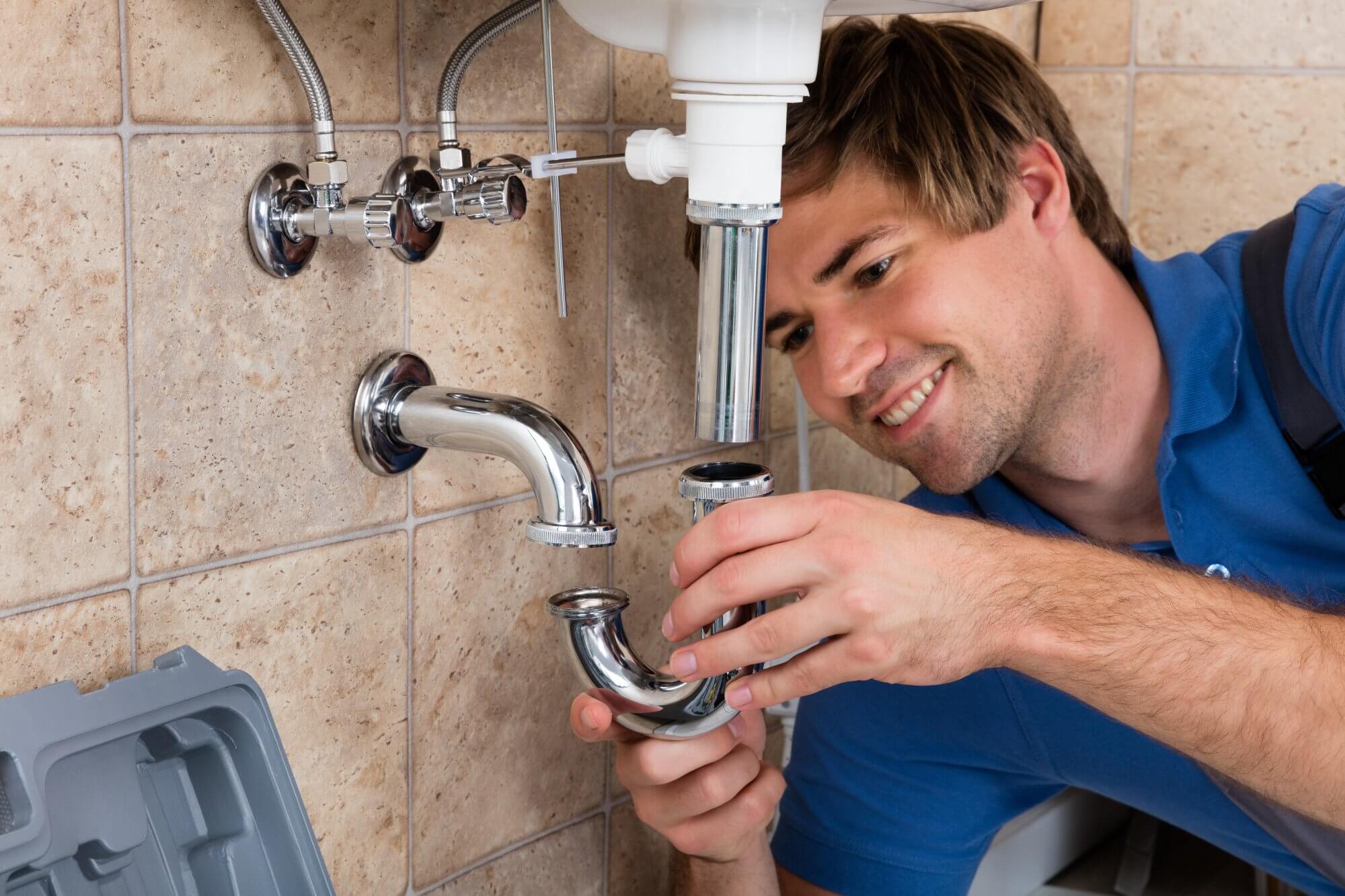 Lastly, changing your bathroom sink pipe can also improve the overall look of your bathroom. If you are planning on updating your bathroom design, changing your sink pipe can be a simple and effective way to enhance the aesthetic. With various materials and styles available, you can choose a pipe that complements your bathroom design and adds a touch of style to your space.
In conclusion, changing your bathroom sink pipe is a crucial aspect of house design and maintenance. It not only prevents water damage and improves functionality but also upgrades your plumbing system and enhances the overall look of your bathroom. Be sure to regularly check and replace your sink pipe to avoid any potential issues and keep your home in top condition.
Lastly, changing your bathroom sink pipe can also improve the overall look of your bathroom. If you are planning on updating your bathroom design, changing your sink pipe can be a simple and effective way to enhance the aesthetic. With various materials and styles available, you can choose a pipe that complements your bathroom design and adds a touch of style to your space.
In conclusion, changing your bathroom sink pipe is a crucial aspect of house design and maintenance. It not only prevents water damage and improves functionality but also upgrades your plumbing system and enhances the overall look of your bathroom. Be sure to regularly check and replace your sink pipe to avoid any potential issues and keep your home in top condition.

















